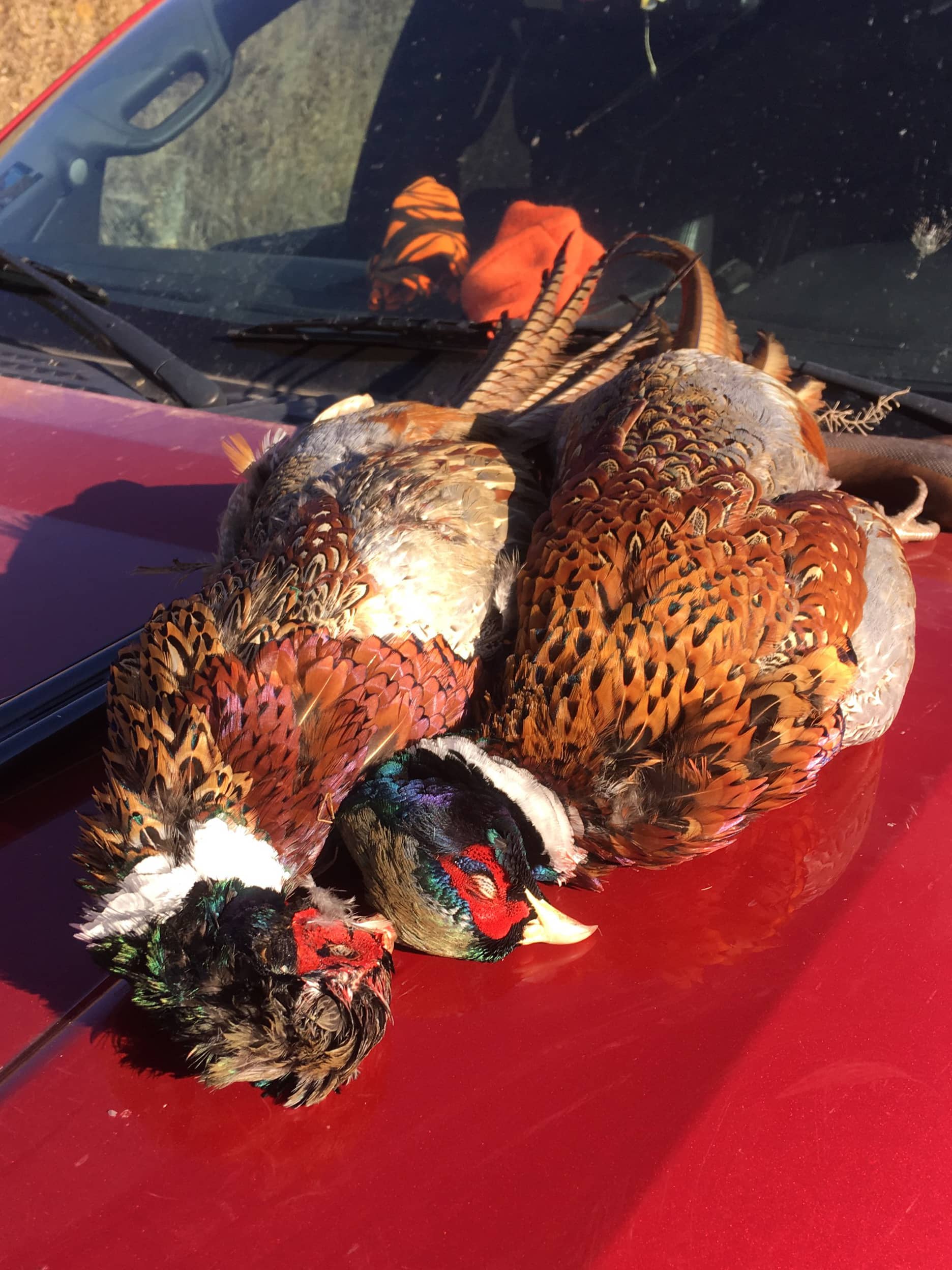
By Nick Simonson
Even with a dog, finding downed birds can be a challenge. Putting in the required time to recover a pheasant, grouse, duck or any other huntable species is what responsible hunters do. But the good ones know how to do it well and have the experience and ideations to narrow the search area and add some weight to the game bag more consistently after each shot that connects. What follows are some things to keep in mind after a bird hits the ground and would serve as a good base for any recovery mission.
On Your Mark
The number one way to keep from losing a bird is to watch it fall and identify something at or near its point of impact. The human mind is great at quickly picking out landmarks and differences in surroundings, despite a large area of grass that looks similar from front to back or an expanse of aspen trees against a gray sky that provides a monotone background. Try to find one or two markers – say a clump of thistle plants in the switch grass – that are at or near where the bird fell and make your way to that spot as quickly as possible. If the area is rather homogenous, use objects on the distant horizon to create a sort of dead reckoning as to where the bird fell.
Get Set
Once you are in the place where you think the bird fell, if you do not have a dog to assist you, begin a visual survey of the site. Take your time and be thorough, as the protective coloration of most upland birds is designed to help them blend in with their surroundings. If you are hunting with a dog, call it over to the spot and let it begin its search, while you survey, try not to move much as you may spook a bird into running, or mess up the scent profile in the area. If you are not hunting with a dog, you can work the area in a spiral searching pattern a few steps at a time. I like to give my lab a good five minutes to pick up scent and follow any moving bird. Generally, if it is a downed bird that is not on the run, he doesn’t need that long to locate it. When hunting alone, like in those days before I had a dog, I gave a spot at least 10 minutes of good searching before abandoning my efforts. Watch for movement in the grasses on the ground and listen for the noise of kicking legs or wings which might give away the bird’s location.
Go Back
If your initial efforts are not successful and you are able to return to the spot where the bird went down, revisit it after your walk. This allows time for a wounded bird to expire, or for a live bird to generate more scent as it hunkers down in the area. Play the wind if you have a dog to pick that scent up or make one last visual search if you are on your own.
If you’re quick to get to the place where you think the bird fell, using either obvious or subtle landmarks to guide you, you’ll have a better chance of retrieving your quarry. A situation involving a wounded bird is where the benefit of a good dog shines through. Take the time to find downed game, look carefully and thoroughly and pay each bird you hunt the respect it deserves. Taking these steps will help you find success and make each outing more fulfilling, and increase the percentage of downed birds found each autumn.
